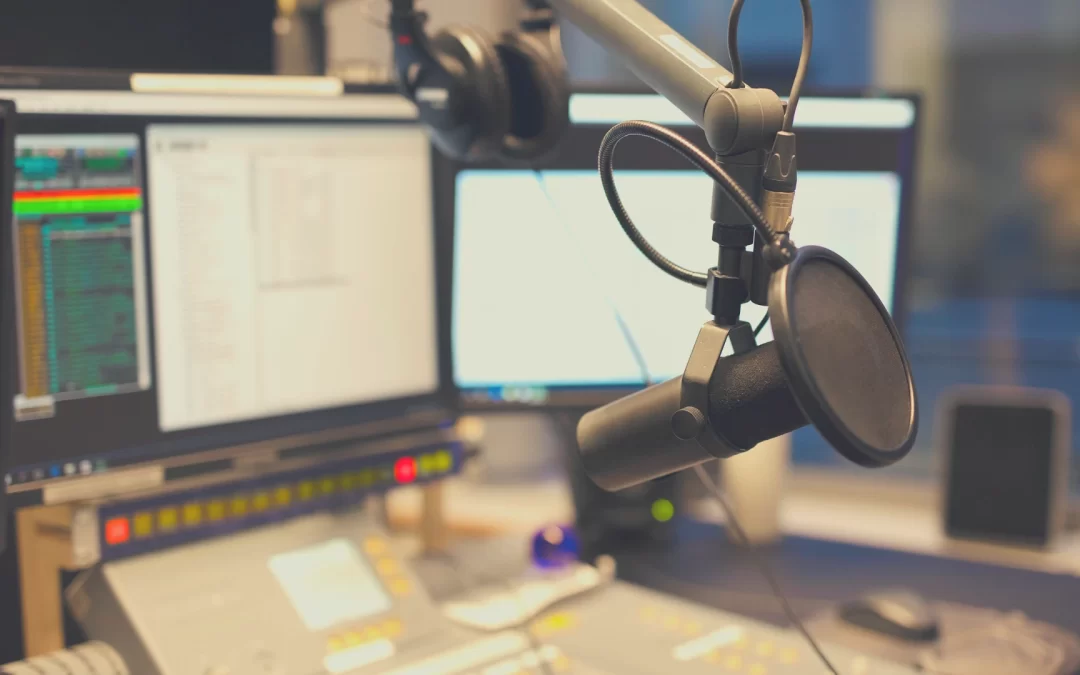The easiest way to edit a podcast for audio storytellers is by simplifying everything.
But simple isn’t always good, and in fact, it can be quite boring. So, the only way to produce great podcast stories that are simple is by using a storytelling framework and process that can be easily duplicated.
This month, I want to walk you through what you should consider in your storytelling framework and your production process to help make creating a great podcast as seamless as possible.
Buckle up because we’re crossing the 2,000-word threshold for this one. (If you just want the summary to save time, scroll to the bottom or listen to a version of this post using the player above.)
So, what’s the easiest way to edit a podcast? Know what goes into it
Your first consideration as a content creator is often about building your brand, talking to an interesting person, or telling the story of something that’s important to you. As you prepare to take on podcasts, you should know what you want from each episode.
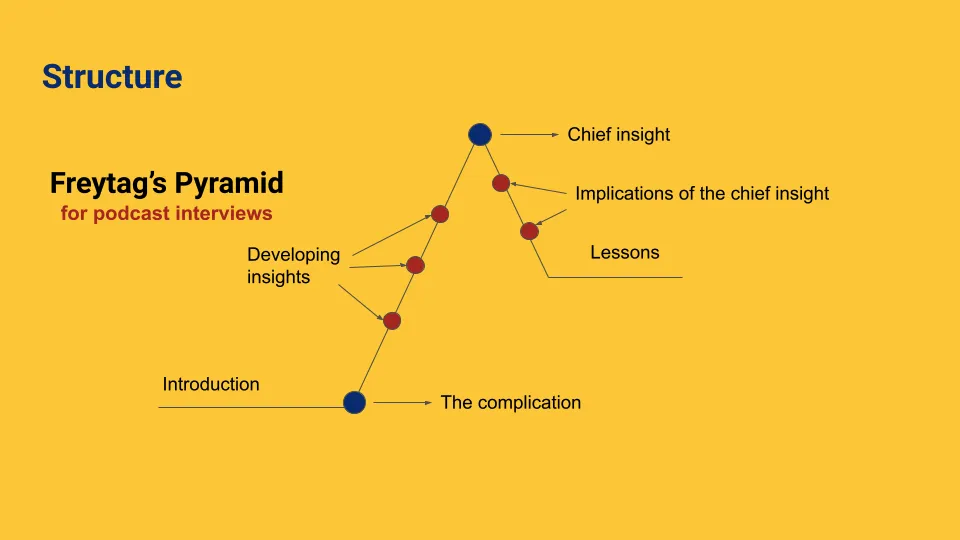
That’s what a storytelling framework is for, which I explained in detail back in May to describe the podcast interview framework.
I wrote:
“A podcast interview framework is a structure you give your audio, including when you ask certain questions, when to include music or sound effects, and when to include other material like natural sound or gathered interviews to build a more compelling story.
“Your basic interview podcast has its own framework, but it lacks specific storytelling devices. For example, a basic interview will have music to start the show, a host introduction, dialogue with a guest, and then music to close the show. It’s very simple. It doesn’t have a specific storytelling goal, other than maybe a good conversation held by two or more charismatic people.
“It’s for this very reason I emphasize better audio storytelling during the podcast development process.
“A framework provides more instructions for the podcaster to create engaging content. Those instructions include having a hook, identifying a conflict or complication, building tension through insight, a climax, and some sense of resolution.”
I want to emphasize the latter points here so you can create stories quickly and easily. To help you, start by simplifying the framework so you know exactly what goes into each story or episode.
So let’s start with the storytelling devices.
Identify the conflict or complication
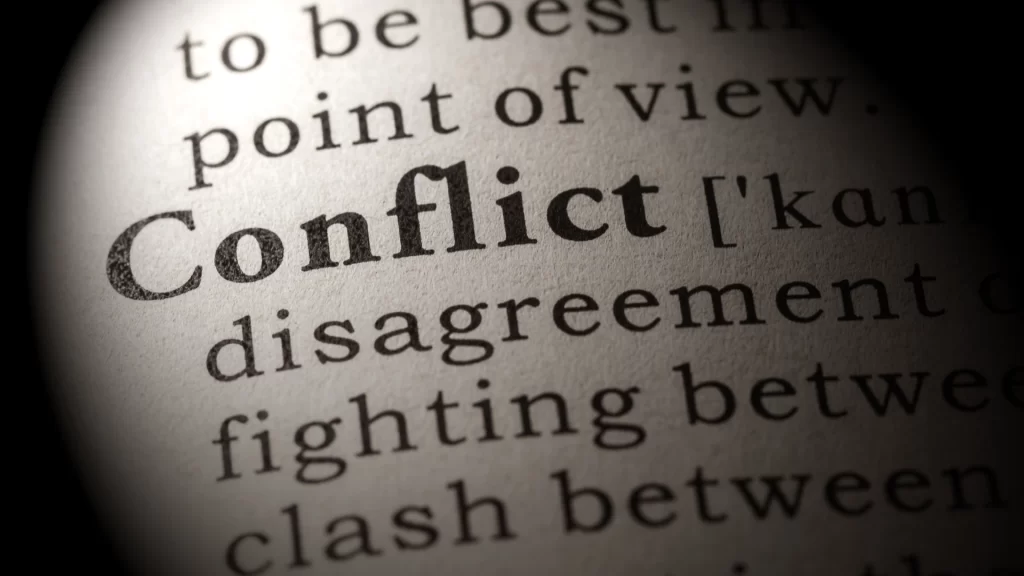
The conflict or complication is the excuse to talk about it, whatever it is. Your complication is set up by your hook (explained below) and describes the purpose of your episode and what you plan to discuss.
For example, I recently hosted a panel discussion on “How to recession-proof your news business” for The Pivot Fund. Our complication or conflict was preparing for a potential recession in the news business. You’ll notice that was made clear by the title of the episode.
You should identify the conflict or complication you’re raising before the episode is even recorded. If you’re doing it right, you’ll either know this innately or be compiling prompts that address different problems in your industry.
It’s best to write down the conflict or complication you’re trying to address so you don’t stray from it as you build your episode.
Hook
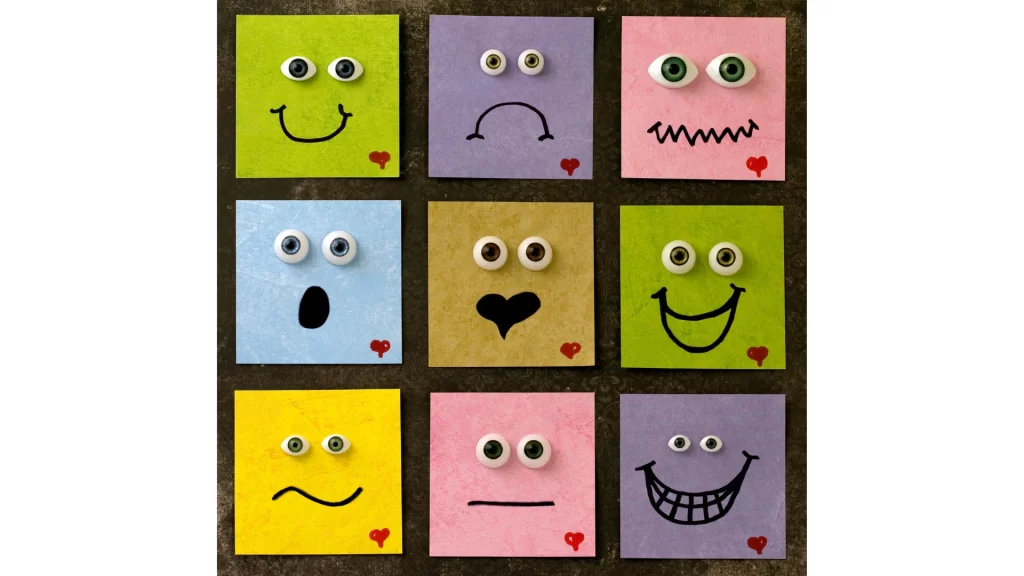
Your podcast hook can come in many forms, but its primary function is to draw your listener in and engage them as you start your episode. Common hooks are relaying happenings in the news or your industry. But they can also be short stories that represent themes you’re trying to introduce and clips from an interview you’ve conducted to tease the discussion. The bottom line is that all hooks should stimulate your audience’s curiosity to keep listening.
In my panel discussion, the hook for the show was a recent announcement by the former Boston fed chair that a recession was looming, paired with news of additional cuts in the news industry. That allowed me to introduce my complication. The hook served as an introductory story to set up the conflict and engage my audience on familiar terms by describing the threatening nature of the economy — the word “threatening” hints at what’s important here.
The hook can be funny, it can be sad, it can inspire joy, it can be outrageous, it can induce FOMO (the fear of missing out), and it can be scary, which was the purpose of my hook. I needed to tap into the economic fears of news publishers. (Luckily, that’s not hard to do.)
Your hook needs to pull on an emotional string for it to be effective in engaging your audience.
So, to simplify your podcasting process, identify your hook early on, attach it to an emotion you want to trigger, and write it down. Having a solid hook helps ease the rest of the storytelling process.
Options for hooks:
- Anecdote
- Soundbite
- News item
- Natural sound
Some emotional triggers:
- Funny
- Sad
- Joy
- Anger
- Fear
Insights

Insights are the nuggets of information and takeaways your audience will get from listening to your podcast. You’ll want to craft your script or questions for each episode, so your audience has valuable or actionable insights. These insights can be revelatory or just entertaining.
Once again, stealing from my panel conversation, I wanted my audience to walk away with actionable tips. So, I asked questions about what newsrooms could do to be better stewards of their money. (You can see the answer to that question here.)
Insights are the value you or your guests provide throughout the podcast episode, the knowledge transfer we expect of podcasters interested in thought leadership.
To make editing your podcast as easy as possible, think about your script and your questions in terms of the insights and value that your audience will get out of it. Have at least three points you’ll want to address. Center your questions around digging deeper into these three points.
Climax
The climax for your podcast is your chief insight. It’s the big takeaway for your audience that you want them to learn or ponder. It should directly address your problem or complication now that you’ve explored it through the script or interview.
You’ll want to zero in on your chief insight before you script your episode because it’ll need to be supported by the previous insights you discuss. It will also help you transition to your resolution, which I explain below.
Resolution
This is where you resolve the problem or complication and add your own thoughts if you’re conducting an interview. It is your opportunity to be reflective and forward-thinking. This is where all the thought leadership takes place!
Other audio elements
Now that you have your storytelling devices written down, you can identify where and when to incorporate music and sound effects, as well as other audio elements.
Use music to transition from your hook to your interview or your interview to your resolution. Use sound effects to transition from one insight to the next. And use your transitions to find space for calls to action, including ads and promotions.
Other audio elements include:
- Intro and outro music
- Music beds for transitions
- Sound effects
- Advertisements and promotions
Use this list of questions to produce your podcast episode
- What problem or complication am I addressing?
- What’s my hook?
- What insights do I want my audience to get or think about?
- What is my chief insight or takeaway?
- For my resolution, how do I want my audience to think about the problem or complication moving forward?
- What other audio elements am I going to include in my podcast?
When done right, you can template your storytelling in a word processing document or project management tool to answer each of these questions and fast-track your production planning.
What’s the easiest way to edit a podcast? Have a rock-solid process
If you’ve got your storytelling framework, you can move on to the next part of planning your podcast, including scripting and interviewing, before moving on to post-production.
Scriptwriting
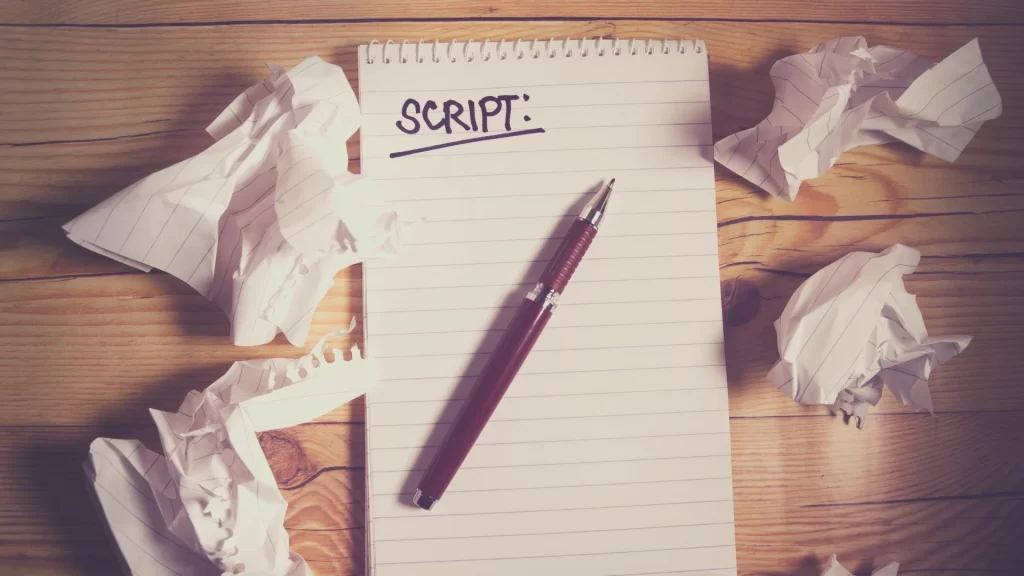
Use the questions above to help you write your script. Pay close attention to your hook and the insights you want to develop, particularly your chief insight.
Sometimes, it’s easier to think about your script by starting with where you want to end. So don’t feel bad starting where you feel comfortable. Just make sure you script something for every portion of the interview.
Recording
Refer to your script when interviewing guests. Make sure you touch on all your insights before moving on to your chief insight or climax. Don’t leave any stone unturned before moving on to your resolution.
A key point of confusion for new content creators is whether they should ask every question they write down. That depends entirely on the interview. If your guest answers a question that you intended to ask, either move on or ask them to expand on that point.
Remember that if you’re focused on storytelling, you can record any introduction, anecdote, or natural sound separately. During the production process, you can elect to use a sound bite from your interview to serve as your hook.
So, the important part is focusing on your interview and making sure you’re addressing all the points you’re trying to make or the insight you’re trying to get.
Post-production
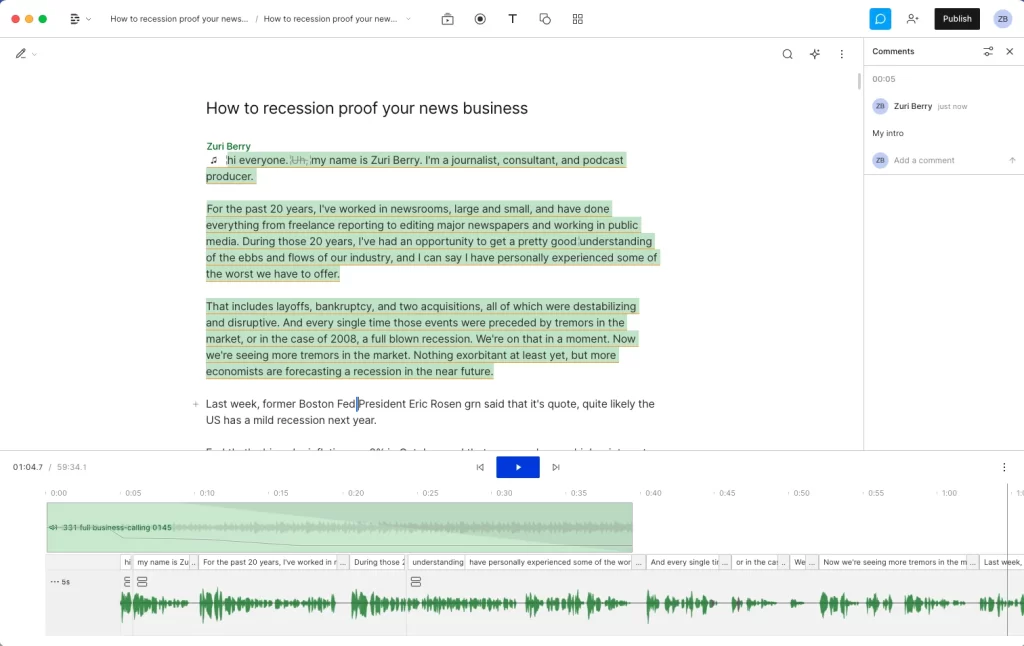
OK, now you’ve got a half hour, hour, or sometimes more worth of audio to dig through. How should you handle it?
The easiest way to edit a podcast in post-production is to use tools that emphasize your podcast’s purpose. In the case of audio storytelling, you’ll want to use a tool that lets you quickly dig into the script and focus on the structure of the story. That’s why I use Descript, which lets you edit podcasts by the text of your audio.
With Descript, I can quickly search for soundbites, removes filler words, improve the audio quality, and incorporate multiple audio elements into one multi-track sequence. This saves me time and eases the process dramatically.
If I were producing a podcast that didn’t require as much editing or focus on the script, I would use tools like Adobe Audition or Hindenburg Pro, which allow me to quickly improve the audio quality and template other aspects of the production.
So, a big part of making things easier for yourself is having the right tool for the job.
Secondarily, in post-production, you want to create a simple process for editing your audio and preparing it for publication.
For example, in the production of my clients’ podcasts, I follow these four simple steps:
- Audio cleanup — This involves removing filler words, adding a noise gate, EQing voices, and adding appropriate compression and filters.
- Content edits — This involves cleaning up doublespeak and other fumbles by the host and guests, as well as reducing content to its best essence (turning long questions and sentences into short ones). But also plugging the audio into the pre-determined script, adding the intro, outro, and any advertisements or promotional material.
- Mixing and mastering — Incorporating music and sound effects and preparing the audio for publication by standardizing the sound levels.
- Add meta content — This includes the title, description, artwork, and show notes for the episode.
Once I’ve gone through all four steps, I can present the audio to the client for approval, revisions, and publication.
Summary: What’s the easiest way to edit a podcast for audio storytellers
So, the easiest way to edit your podcast is to know what goes into it, have a rock-solid process, and use the best tools for the job.
For audio storytellers, what goes into your podcast should include the following:
- A storytelling framework with a problem you’re trying to address, a hook that triggers an emotion, insights you’re trying to explore, a chief insight you want your audience to grapple with, and a resolution for how you want your audience to walk away thinking about the problem.
- Audio elements like music for intros, outros, and transitions, as well as sound effects and calls to action.
Your process should include at least three phases:
- Scriptwriting
- Recording
- Post-production
Your post-production phase should include at least three of the four steps I described above:
- Audio cleanup
- Content edits
- Mixing and mastering
If you’re doing these basic things, you’ll be able to streamline your production process and focus on creativity throughout the episode. That means the best questions, the best anecdotes, the best music, the best transitions, and the best soundbites. That’s the easiest way to edit a podcast with audio storytelling in mind.
That’s a wrap for this month. Let me know your thoughts, feedback, recommendations, or questions on your branded podcast by leaving a comment or reaching out to me on LinkedIn. If you want more content like this in your inbox, sign up for my monthly newsletter here.

